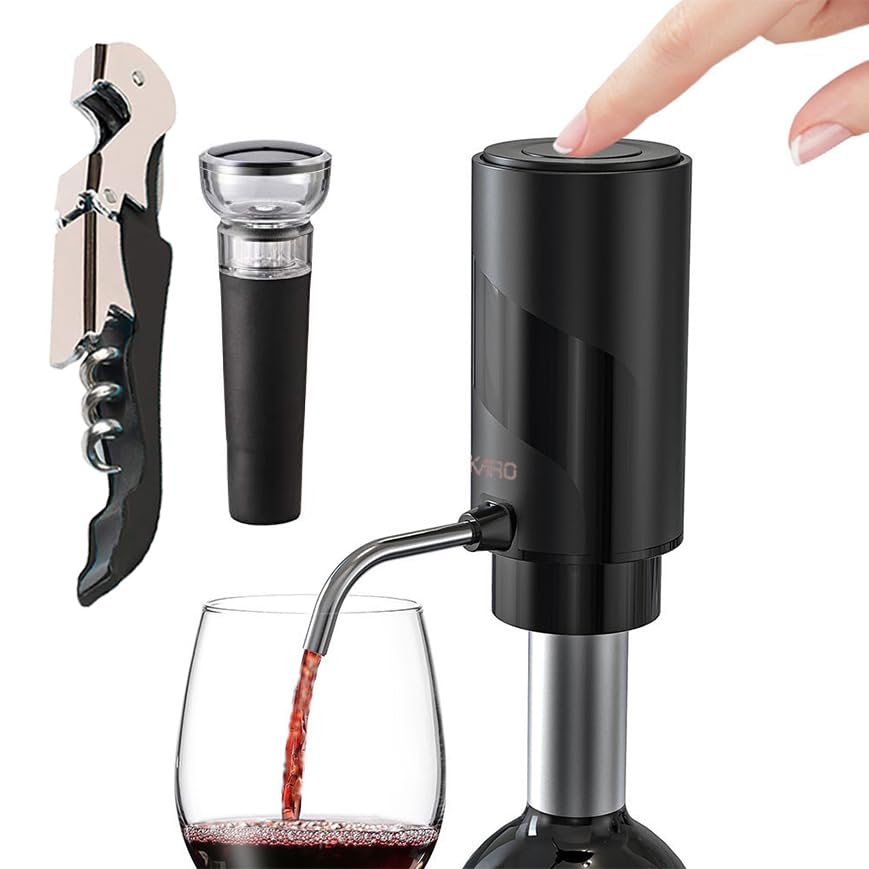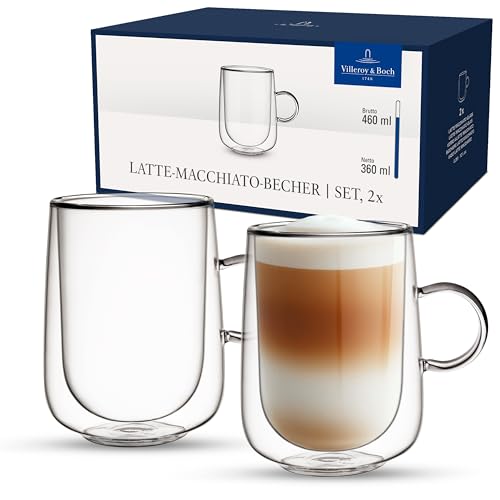This post may contain affiliate links which means we may receive a commission at no cost to you, if you make a purchase through a link. Please see our full disclosure for further information.
Have you ever walked down the wine aisle and felt lost looking at Spanish wines? You’re not alone! Spanish wine can seem confusing, but it’s also full of amazing values and hidden gems. Let’s explore the world of Spanish wine. You might just find your new favorite bottle!
Why Choose Spanish Wine?
There are two big reasons to check out Spanish wine:
- Great Value: You can find really good wines at prices that won’t break the bank.
- Something for Everyone: Spain makes all kinds of wine. There are bold reds, crisp whites, refreshing rosés, and exciting sparkling wines.
Understanding the Bottle: What to Look For
When you pick up a Spanish wine bottle, what should you look at? Here’s a hint: forget about the grape for a second. Instead, look for the D.O.
D.O.: Your Guide to Spanish Wine Regions
D.O. stands for Denominación de Origen, or Denomination of Origin. Think of it as a region. But it’s more than just a place. Each D.O. has its own rules about how wine is made. These rules can include:
- Which grapes can be used
- How the grapes can be grown
- Winemaking methods
The D.O. is a stamp of quality. It tells you that the wine follows specific standards.
Rioja: A Famous D.O.
Rioja is one of the most well-known D.O.s in Spain. But remember, Rioja is a region, not a grape. If you see Rioja on a bottle, it means the wine comes from that specific area and follows the rules for Rioja wines.
Creating a D.O.: A Hypothetical Example
Imagine we want to create our own D.O. called “Give Me Some Oven.” Here’s what we would need to do:
- Gather winemakers in our area.
- Decide which grapes we want to use. Let’s say Tempranillo, Garnacha, and Xarel-lo.
- Set the rules. If someone makes wine with Riesling, it can’t be part of our “Give Me Some Oven” D.O.
This shows how D.O.s protect the quality and tradition of winemaking in a specific place.
Beyond the D.O.: Other Things to Consider
The D.O. is a great place to start. However, it is not the only thing to look for. The grape and age are also important. Once you understand the D.O. system, you can start to learn about different grapes and wine styles from Spain.
Now that you’ve got a grasp on the D.O. system, let’s dive deeper into some of Spain’s most beloved wine regions and grapes—starting with a few standout D.O.s beyond Rioja that deserve a spot on your radar.
More Iconic D.O.s to Know
While Rioja shines, Spain is dotted with other regions crafting unforgettable wines:
- Ribera del Duero: Nestled along the Duero River in northern Spain, this D.O. is famous for bold, structured reds, primarily made from Tempranillo (locally called Tinto Fino). These wines often age in oak barrels, developing notes of dark cherry, leather, and a hint of spice—perfect for pairing with hearty dishes like slow-cooked lamb or aged cheeses.
- Priorat: A small but mighty region in Catalonia, Priorat is known for its dramatic, terraced vineyards carved into slate-rich hills. Here, Garnacha and Cariñena grapes thrive, producing intense, full-bodied reds with flavors of blackberry, licorice, and earthy minerality. These wines are often pricier than Rioja but are considered some of Spain’s most prestigious.
- Rías Baixas: On the northwest coast, this D.O. specializes in crisp, zesty white wines, mostly from the Albariño grape. With bright acidity and aromas of citrus, green apple, and sea spray, these wines are a refreshing match for seafood—think grilled shrimp or octopus, a staple of the region’s coastal cuisine.
Key Grapes to Recognize
Once you start exploring, you’ll notice certain grapes popping up again and again. Here’s a quick cheat sheet:
- Tempranillo: Spain’s most iconic red grape. It’s versatile, producing everything from light, fruit-forward wines (young, with red berry notes) to complex, aged bottles (think dried fruit, tobacco, and oak). You’ll find it in Rioja, Ribera del Duero, and beyond.
- Garnacha (Grenache): A juicy, fruit-driven red grape with flavors of strawberry, raspberry, and a touch of pepper. It thrives in warm regions like Aragon and Priorat, often blended with Tempranillo to add brightness.
- Albariño: The star of Rías Baixas, this white grape delivers high acidity and vibrant fruitiness—ideal for sipping on a hot day or pairing with shellfish.
- Macabeo, Xarel·lo, and Parellada: These three white grapes are the backbone of Cava, Spain’s sparkling wine (more on that below!). Blended together, they create bubbly with crispness, green apple, and a hint of toast.
Beyond Still Wines: Cava and Sherry
Spain isn’t just about reds and whites—its sparkling and fortified wines are world-class too.
- Cava: Often called “Spain’s Champagne,” Cava is made using the traditional method (secondary fermentation in the bottle), resulting in fine bubbles. It ranges from dry (brut) to slightly sweet, with flavors of lemon, green pear, and yeast. Perfect for celebrations or as an aperitif.
- Sherry: A fortified wine from the Andalusia region (specifically Jerez de la Frontera, a D.O. known as “Sherry Triangle”), Sherry comes in styles from bone-dry to rich and sweet. Fino Sherry is light, dry, and nutty—great with olives or almonds. Oloroso, on the other hand, is richer, with notes of caramel and dried fruit, ideal for sipping after a meal.
Pairing Spanish Wine Like a Local
Spaniards take food and wine pairing seriously, and their approach is simple: let the wine complement the dish, not overpower it.
- Reds (Rioja, Ribera del Duero): Pair with cured meats (jamón ibérico is a must!), grilled red meats, or tomato-based stews like callos (tripe).
- Whites (Rías Baixas Albariño): Go with seafood, salads, or light tapas like pulpo a la gallega (Galician-style octopus).
- Cava: Works with almost any tapas—think patatas bravas, cheese boards, or even fried squid.
- Sherry: Fino with nuts or cured fish; Oloroso with chocolate or blue cheese.
Tips for Your First Spanish Wine Hunt
Ready to pick a bottle? Start small:
- Look for “Joven” (young) Rioja or Ribera del Duero if you prefer fresh, fruit-forward reds.
- Try a Rías Baixas Albariño for a crisp white—great for beginners.
- Grab a bottle of Cava for your next gathering; it’s affordable and crowd-pleasing.
And don’t stress about “getting it right.” The best part of exploring Spanish wine is experimenting—each bottle tells a story of its region, its grapes, and the hands that made it.
So next time you’re in the wine aisle, reach for that Spanish label. With a little knowledge and a sense of adventure, you might just find a new go-to that’s both delicious and easy on the wallet. ¡Salud to that!
Spanish Wine Culture
When in Spain, remember they don’t say “cheers,” they say “salud!“
Ready to Explore Spanish Wine?
Spanish wine offers something for everyone. With its great value and diverse styles, it’s worth a try. Hopefully, this guide has given you a good place to start on learning about Spanish wine.
Uncover further inspiration in our blog.






















